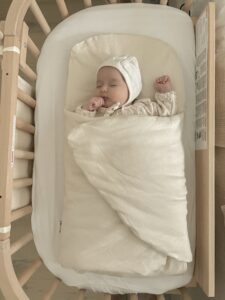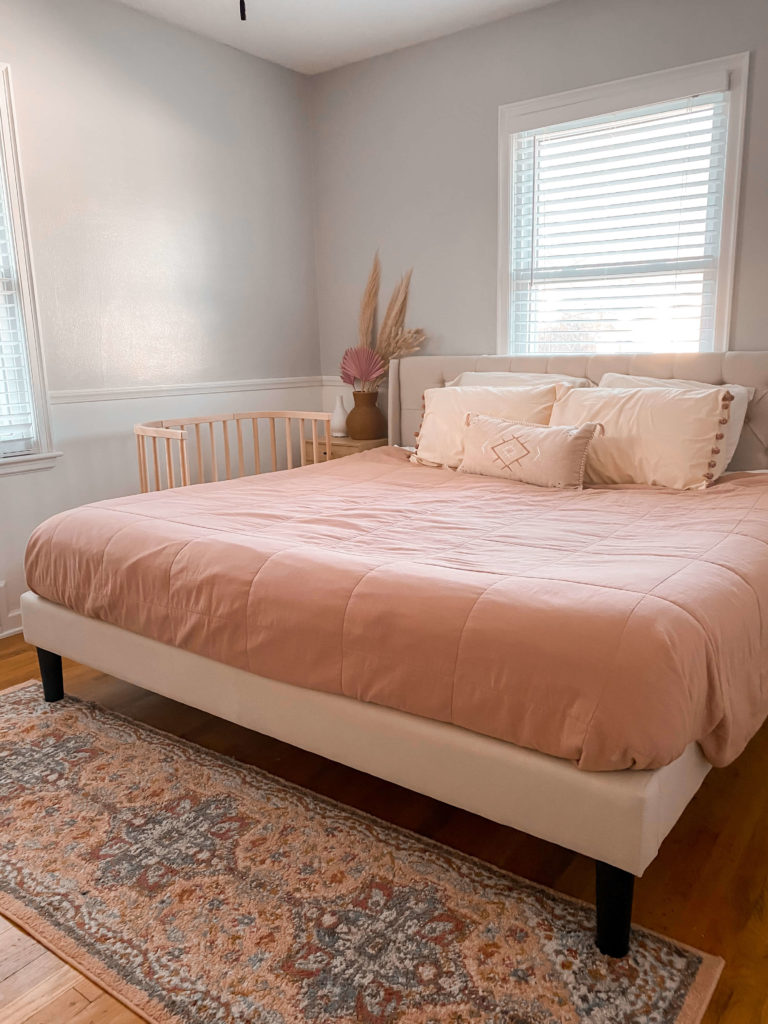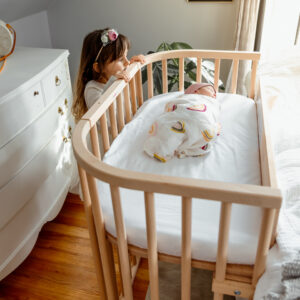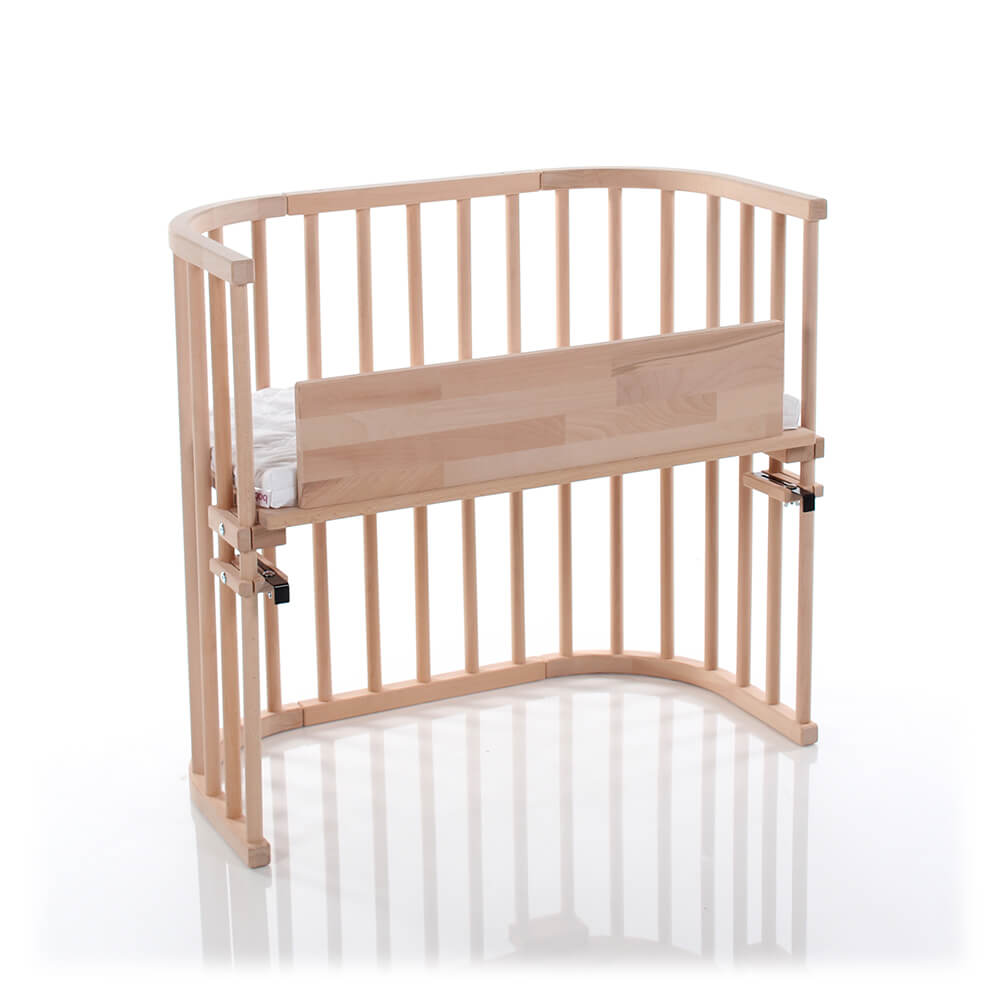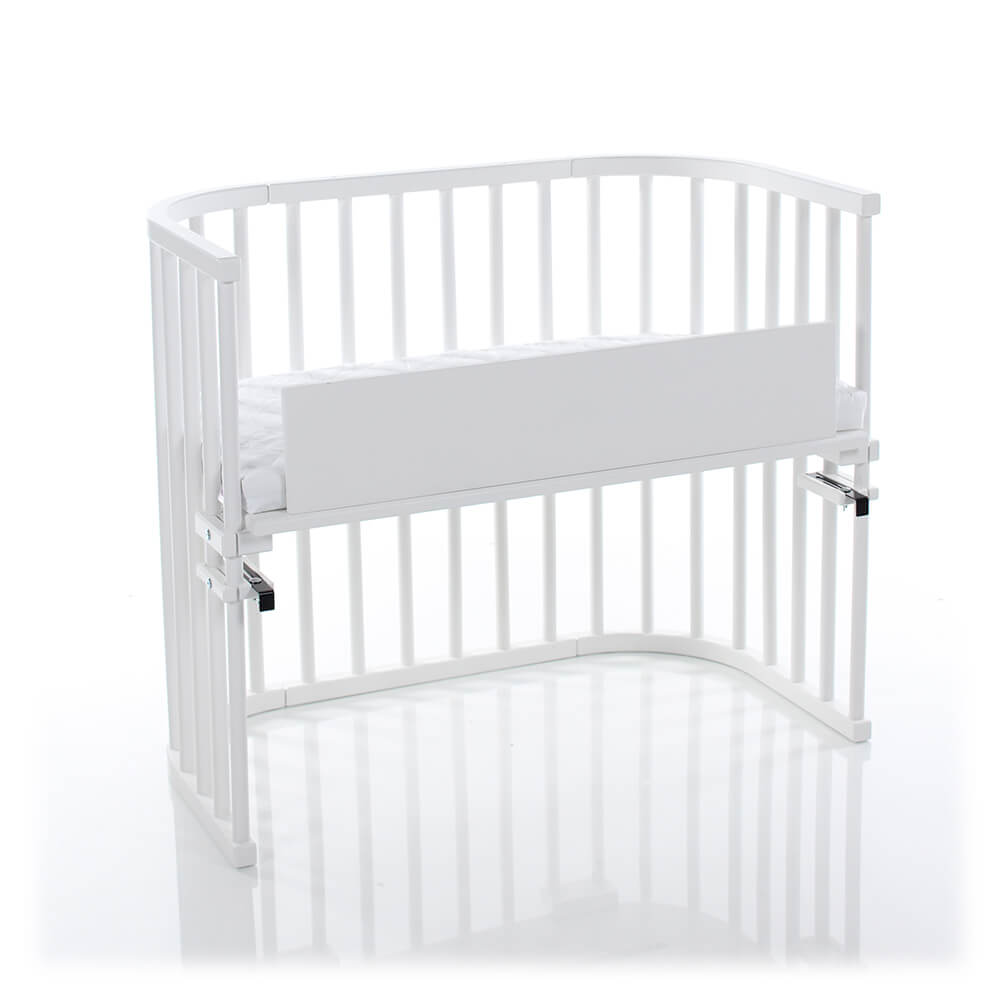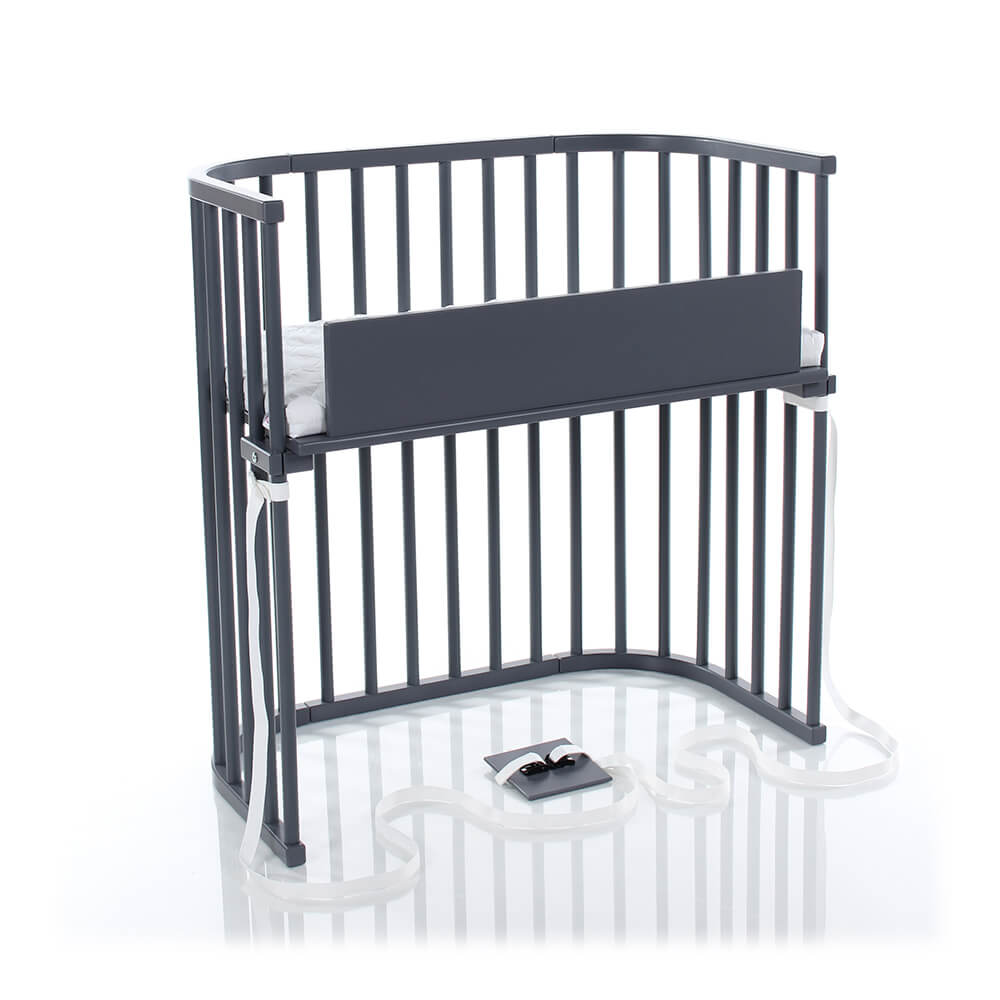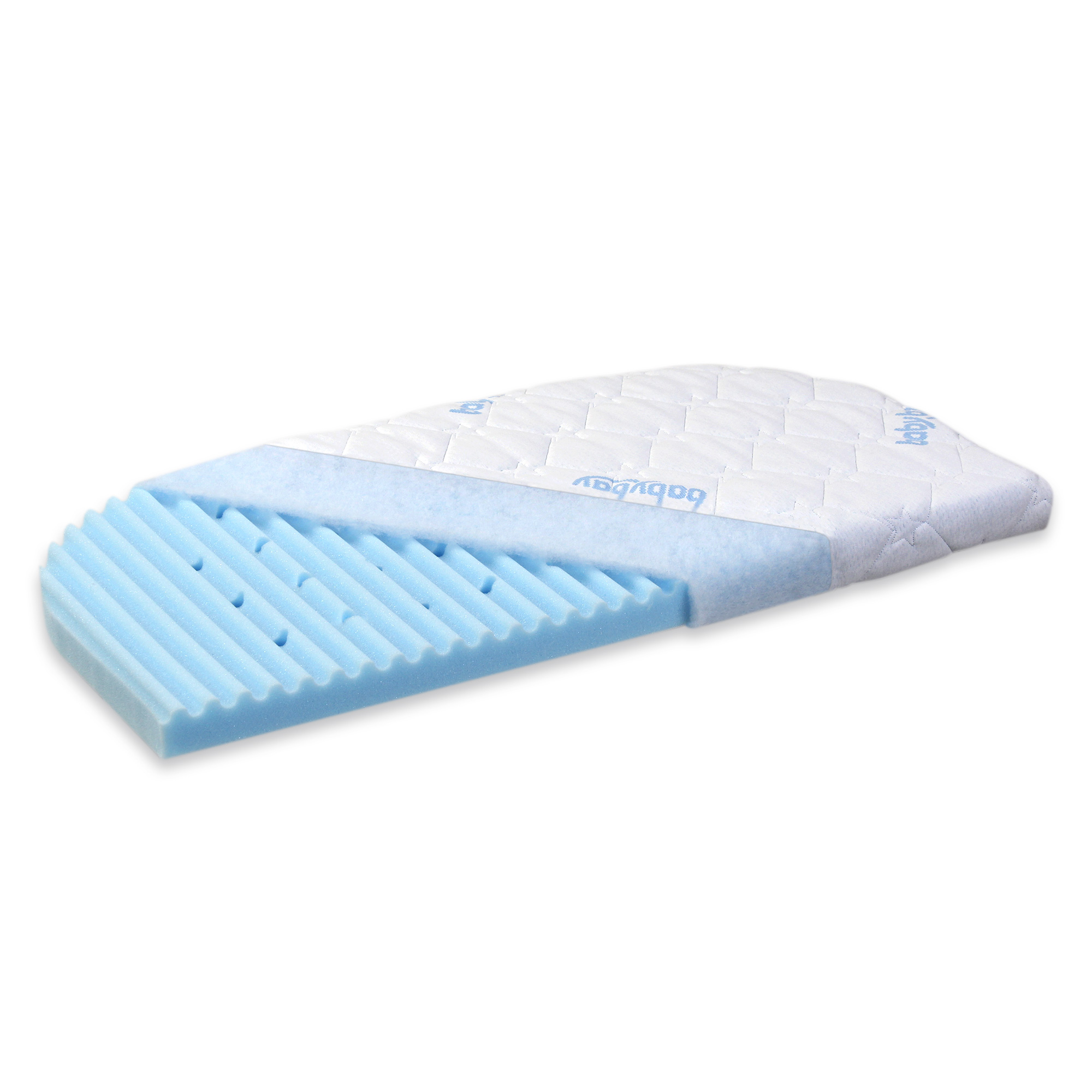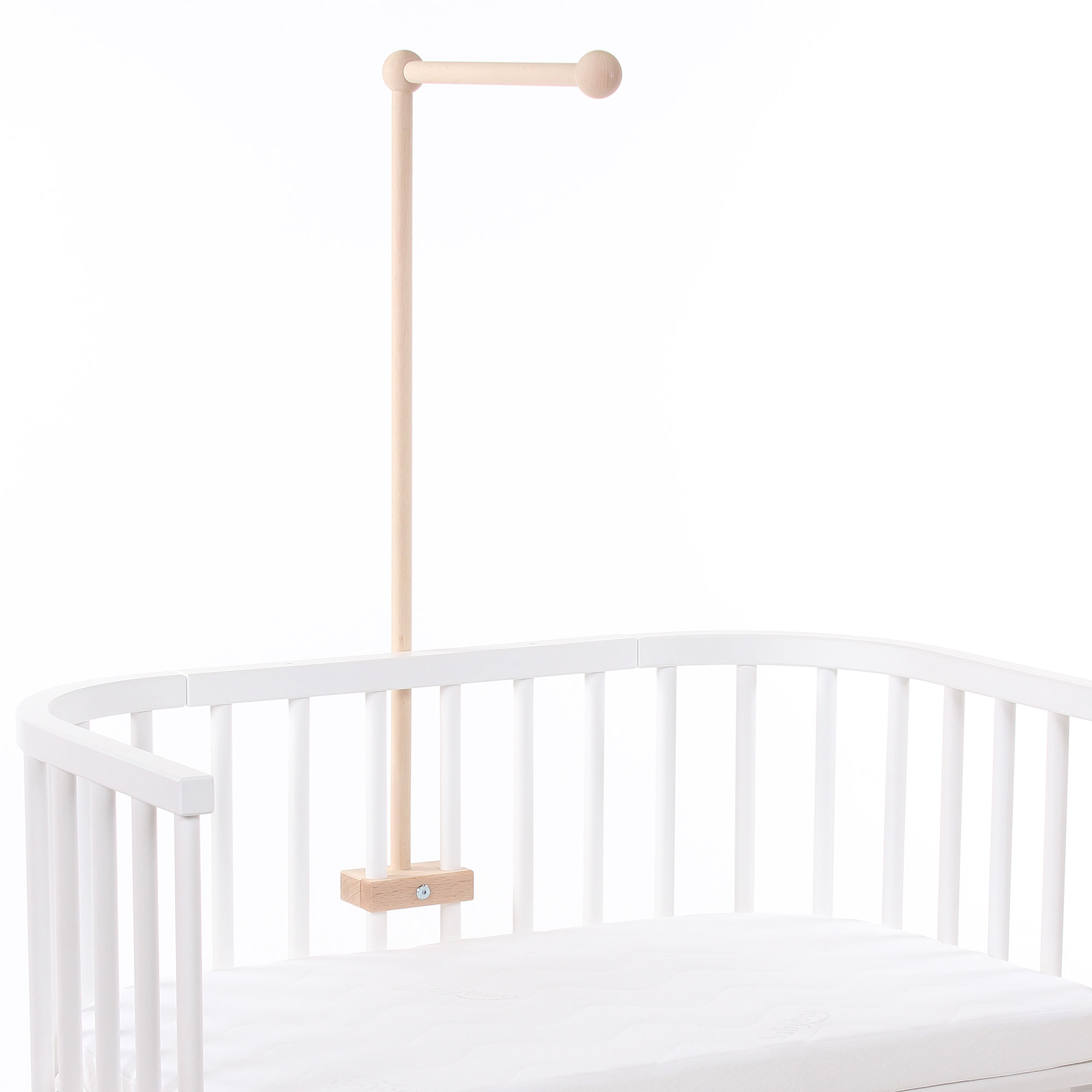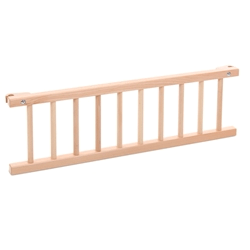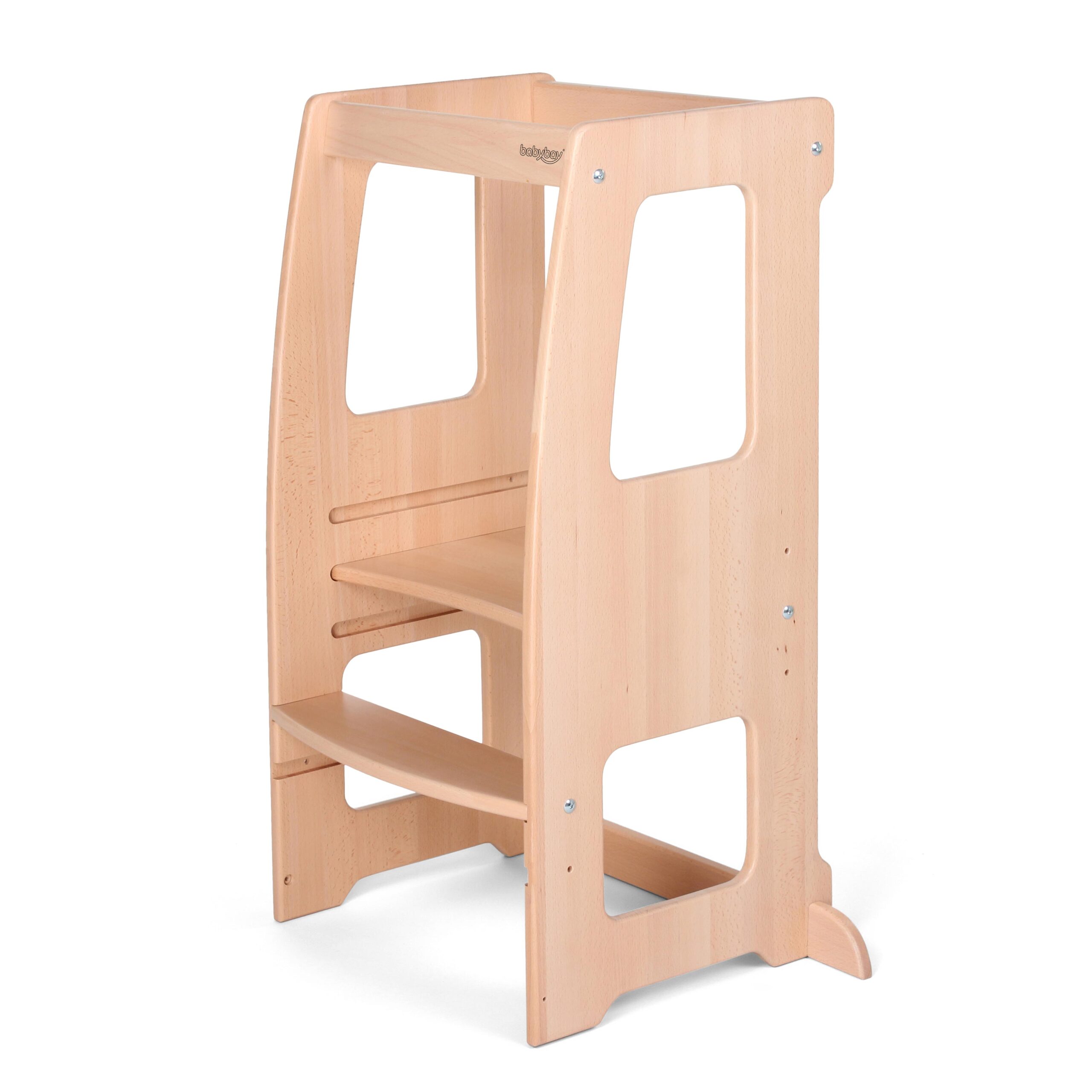Co-sleeping is not a new practice. For most of recorded history, parents have ensured the safety and healthy development of their little one by sharing a sleeping space with them. (And by knowing the ins and outs of how to safely co-sleep to soak all kinds of benefits up!)
For many parents, co-sleeping can make breastfeeding easier. While also making it easier for you and your family to get a more peaceful, more nurturing night of rest.
But knowing how to safely co-sleep with a newborn is the secret behind feeling the full impact of all those benefits…while still getting the kind of nighttime peace of mind that leaves you waking up well-rested.
So whether you’re new to co-sleeping or just want a refresher on how to safely co-sleep with your little one, here are a few co-sleeping should-dos to keep in mind.
What You Should Know About Safe Co-Sleeping Before We Dig In
To this day, many cultures around the world sing the praises of co-sleeping.
They consider the sleep practice a normal — and natural — way of easing your baby’s stress while helping them learn to breathe regularly. And also helping them develop healthily in body and mind.
(Fun fact: mothers in countries like Guatemala and Japan have been known to express shock and disapproval when told that children in other countries are expected to participate in solitary sleeping.)
Studies have confirmed that co-sleeping is a safe practice that improves your sleep as a parent, supports your baby’s healthy development, and promotes bonding with your baby through proximity and touch. (A perfect trifecta that makes parents sing the sleep practice’s praises.)
Though co-sleeping is one of the oldest and most popular methods of sleeping with a newborn around the world, getting the safety dos and don’ts of co-sleeping with a newborn down is what leads to peace of mind. While also leading to long and restful nights of sleep for the whole family.
So let’s dig into those dos and don’ts…
What a Safe Co-Sleeping Environment Looks Like (and How to Prepare Your Own)
Before you and your baby can tuck in for a more caring and nurturing night of rest, your co-sleeping environment should be prepped for peaceful nights of catching Z’s.
Though it might be tempting to settle in and just invite your baby to share your own mattress, this sleeping position (which is often called bed sharing) can put your co-sleeping newborn at risk.
That’s because sharing a mattress with your newborn often means surrounding them with super-soft pillows and blankets that aren’t built with their safety in mind.
To create a safe co-sleeping environment (the kind that will deliver all the benefits you’re after while also delivering the peace of mind you deserve) there are four key “must-dos” to remember to safely co-sleep with a newborn:
- Co-sleep with your baby close
- Create the right room conditions
- Ensure your baby’s safe sleep position
- Choose the right bedside sleeper
Co-Sleep with Your Baby By Your Side
There’s nothing better than turning over in the middle of the night to see your little one sleeping sweet and sound — eyes closed and the kind of gentle smile on their face that lets you know that they’re resting easy.
Parents who choose co-sleeping cite the extra bonding time as one of the biggest benefits: and we can’t help but agree. (The extra bonding time is one of the big reasons we love co-sleeping so much!)
Because when you sleep no more than an arm’s reach away from your little one, you have plenty of extra time to take in their features, listen to every gentle coo, and care for every small crisis call that comes through the night.
That kind of nighttime bliss can’t be beat. But you can put the brakes on that bonding — and foster a potentially unsafe sleeping environment — if you choose to sleep too far away.
What the AAP has to say:
According to the American Academy of Pediatrics’ (AAP) safe sleep guidelines, you should be within easy reach of your sleeping baby for at least the first six months of their life. That’s to make sure that you’re always around when a crisis call hits, no matter how big or small.
But sleeping close to your baby gives more benefits than just quick response times.
According to scientific research, sleeping next to your baby has historically been a way for babies to learn how to regulate their breathing patterns in positive ways. That’s because when you’re breathing close enough to your baby for them to hear you easily, they’ll start naturally matching your breathing rhythm (cool, right?).
Which is a pretty amazing way of saying that co-sleeping with a baby isn’t just a way to bond on an emotional level. Every part of your baby’s system and your baby’s healthy development processes will benefit from the act of sleeping close to you. Starting with the comfort they feel by having you there by their side every minute of the night.
Create the Right Room Conditions for Safe Co-Sleeping
Dark. Light. With the window open. With the window closed. With the thermostat set to a toasty 82 degrees.
We all have an opinion on what kind of conditions create the best night’s rest.
But when co-sleeping, the room conditions need to be designed with your baby’s needs in mind.
That means the room shouldn’t be too toasty (aim for between 68 and 72 degrees Fahrenheit).
There also shouldn’t be extra pillows, stuffed animals, or blankets crowding the mattress. (These kinds of fluffy materials can quickly grow unsafe if a baby rolls onto them or gets wrapped up during the night.)
And even if you love the feeling of being extra-hot through the night (we can’t blame you for wanting to beat that winter chill or make the most of the summer heat!), welcoming your newborn baby might mean putting those preferences away for a little while. Because as soon as your baby takes up residence in your room, it’s time to start thinking of it as their space as well as yours.
But there’s good news: you don’t have to fully let go of your old sleep habits to guarantee that your baby is protected, well-rested, and unconditionally supported throughout the night.
By choosing a bedside sleeper that is expertly engineered with your baby’s comfort in mind (and beautifully designed with 100% beechwood to be eco-friendly and fit your bedroom style!), you can create a cozy environment for both you and your newborn. While taking all of the guesswork out of how to safely co-sleep.
Even better: you’ll soon be rewarded for your efforts. Because you’ll be enjoying more sleep (get ready for your new parent friends to be jealous!) and curbing separation anxiety while making nighttime nursing easier than ever.
Ensure Your Baby’s Safe Sleeping Position
There’s no debate or discussion about this one: experts agree that babies should sleep on their backs (just ask the American Academy of Pediatrics—or any other trusted source!).
And though expert consensus on this is fairly new (there weren’t firm guidelines on safe sleeping positions for babies until around the late 20th century), trusted voices have been on board with the necessity of a firm sleep space for a while now.
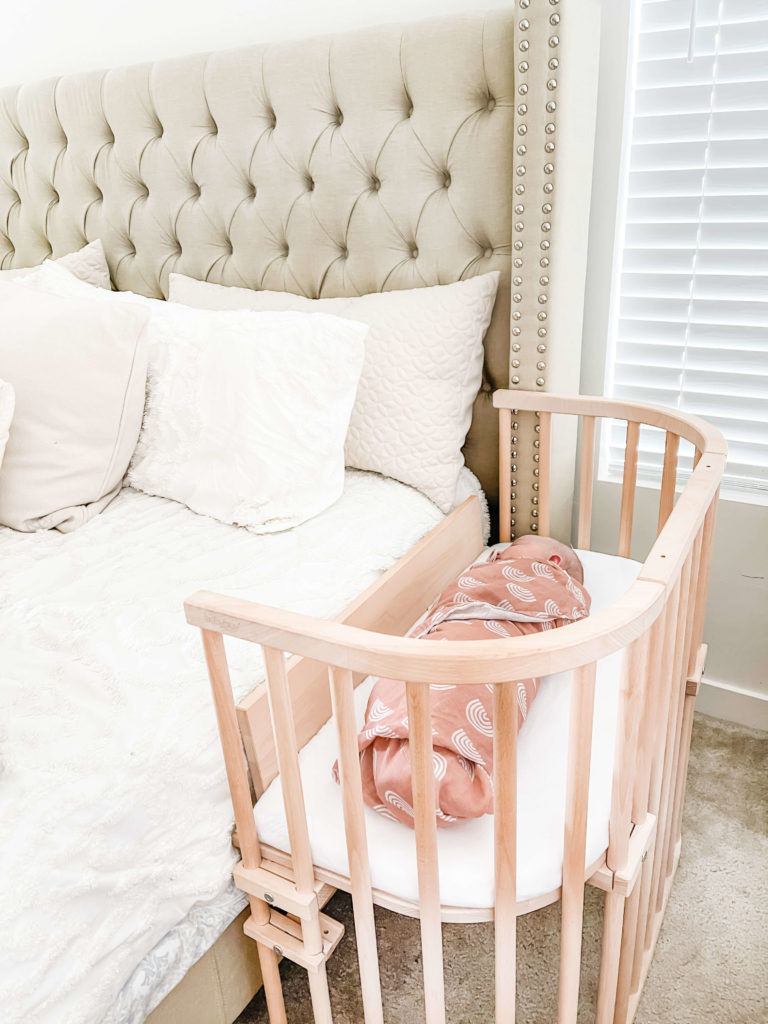
When you’re co-sleeping, these guidelines remain the same.
It’s important that your baby has space to lie comfortably — and safely — on a made-just-for-them mattress that isn’t too soft or pillowed. Babies can easily sink into too-soft bedding, which can quickly become dangerous if they’re not yet old enough to know how to safely roll away from too-plush materials.
But just because your baby is sleeping on a firm mattress doesn’t mean they’ll be left feeling uncomfy through the night.
With the right parent and baby-loved bedside co-sleeper to keep them cozy and secure, they’ll be able to fall asleep every night while feeling like they’re on cloud nine. Because the best bedside co-sleeper isn’t just designed to keep your little one safe by your side, it’s designed to nurture them in the loving half-moon shape of a hug, wrapping them in comfort whether day or night.
Which brings us to…
Taking all the Guesswork Out of How to Safely Co-Sleep
While you may prefer a weightless waterbed or a soft-as-a-cloud pillow topper that leaves you feeling like you’re sleeping on air, babies need baby-secure beds that have been rigorously tested for safety.
And while many crib and bedside co-sleeper manufacturers promise safety, they also build your baby’s sleeper out of cheap fillers and plastics, while being finished in toxic chemicals and varnish that leach harmful gasses all night long.
By choosing a bedside co-sleeper that is made of eco-friendly, fully non-toxic, and ethically-sourced beechwood, you won’t just experience all the expected co-sleeping benefits. You’ll also feel the difference that going with an all-natural option makes.
Because while adult mattresses just weren’t designed to properly support your baby (that’s the hard but honest truth!), made-just-for-them mattresses like the kind you’ll find on the best bedside co-sleeper will sit tightly against the co-sleeper frame so there are no gaps, space, or crevices that your baby could accidentally slip into.
By choosing a product specially designed by experts to provide a safe co-sleeping environment, you can spend less time worrying about how to safely co-sleep — and spend more time catching Z’s while your little one calmly and restfully sleeps by your side.
Because enjoying the feeling of spending more time sleeping beside your baby, knowing that they are spending their night comforted and protected by your nearby touch?
That’s just priceless.


